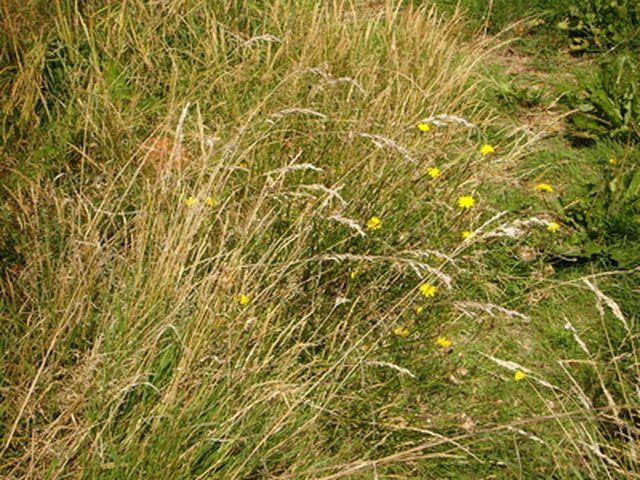Bulbs
Flower Basics
Flower Beds & Specialty Gardens
Flower Garden
Garden Furniture
Garden Gnomes
Garden Seeds
Garden Sheds
Garden Statues
Garden Tools & Supplies
Gardening Basics
Green & Organic
Groundcovers & Vines
Growing Annuals
Growing Basil
Growing Beans
Growing Berries
Growing Blueberries
Growing Cactus
Growing Corn
Growing Cotton
Growing Edibles
Growing Flowers
Growing Garlic
Growing Grapes
Growing Grass
Growing Herbs
Growing Jasmine
Growing Mint
Growing Mushrooms
Orchids
Growing Peanuts
Growing Perennials
Growing Plants
Growing Rosemary
Growing Roses
Growing Strawberries
Growing Sunflowers
Growing Thyme
Growing Tomatoes
Growing Tulips
Growing Vegetables
Herb Basics
Herb Garden
Indoor Growing
Landscaping Basics
Landscaping Patios
Landscaping Plants
Landscaping Shrubs
Landscaping Trees
Landscaping Walks & Pathways
Lawn Basics
Lawn Maintenance
Lawn Mowers
Lawn Ornaments
Lawn Planting
Lawn Tools
Outdoor Growing
Overall Landscape Planning
Pests, Weeds & Problems
Plant Basics
Rock Garden
Rose Garden
Shrubs
Soil
Specialty Gardens
Trees
Vegetable Garden
Yard Maintenance
How Do I Kill Bahia Grass?
How Do I Kill Bahia Grass?. The scientific name for bahia grass is Paspalum notatum, a species of plant that is indigenous to Mexico and South America. The grass will generally have a V-shape at the end of the blade and it is distinctive for being inflorescent, which means that the V-shaped racemes (a term used to describe the spike-like flowers...

The scientific name for bahia grass is Paspalum notatum, a species of plant that is indigenous to Mexico and South America. The grass will generally have a V-shape at the end of the blade and it is distinctive for being inflorescent, which means that the V-shaped racemes (a term used to describe the spike-like flowers that make up the V-shape) grow apart from each other in an outward cluster.
Things You'll Need
Preventative growth regulators (PGRs)
Glyphosate
Purchase a preventative growth control chemical from a home and garden store. Glyphosate is the best option; it is manufactured under several brand names, including Touchdown 5 and Roundup UltraMax.
Disperse about 2 to 6 oz. of it per acre. This will help control the growth of the bahia grass as opposed to outright killing it. The glyphosate will also cause minimal to no damage to your other grass and plant life.
Wait about two months for the diminished growth to become noticeable. When using a small dosage, results will take more time to see. If the growth of the bahia grass is continuing at the same rate, you can add a larger amount of the glyphosate to the grass (about 10 oz.), bearing in mind that this has a higher risk for causing the surrounding grass to yellow.